-
 © Tony Baker/Classic & Sports Car
© Tony Baker/Classic & Sports Car -
 © James Mann/Classic & Sports Car
© James Mann/Classic & Sports Car -
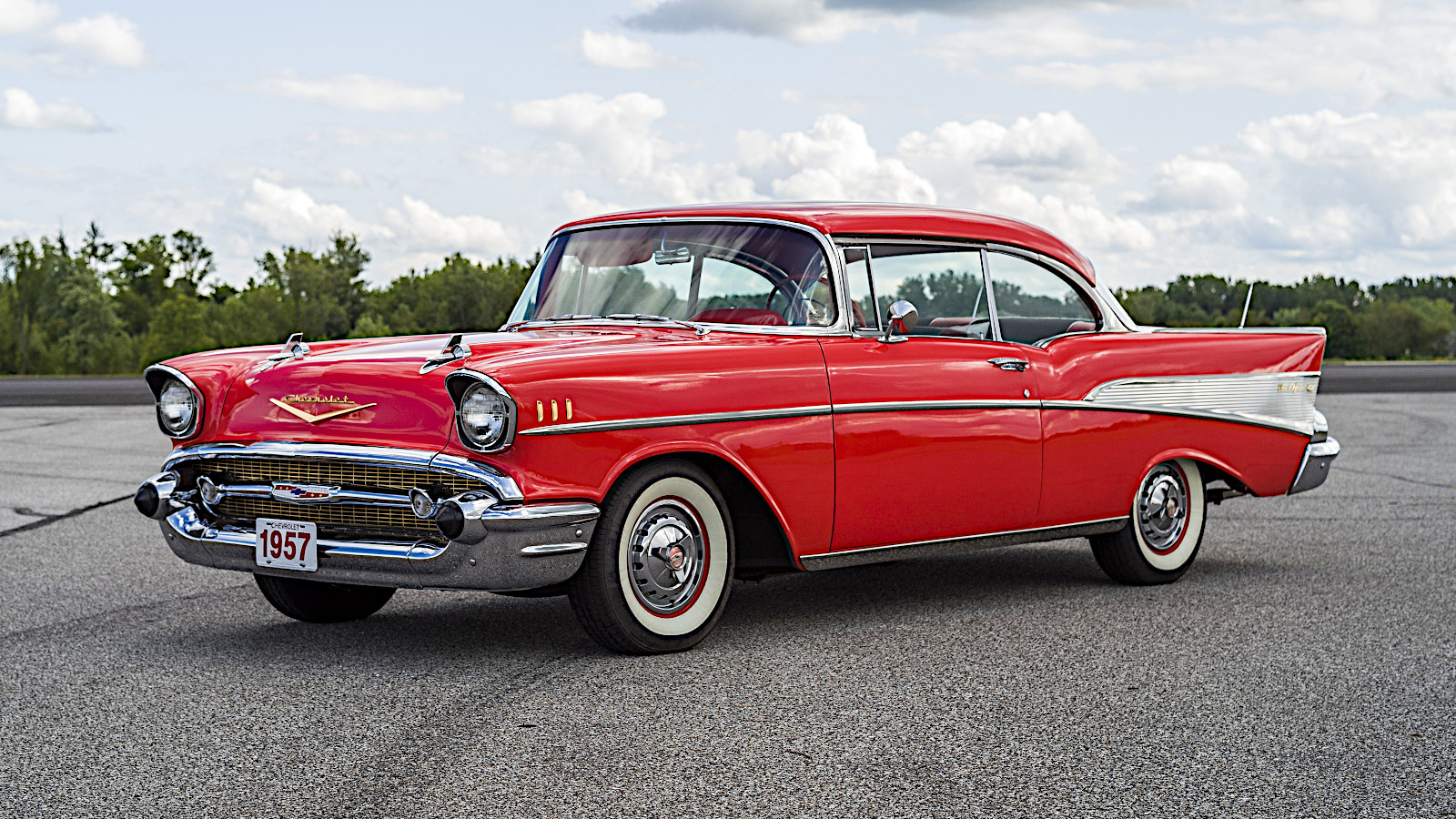 © RM Sotheby’s
© RM Sotheby’s -
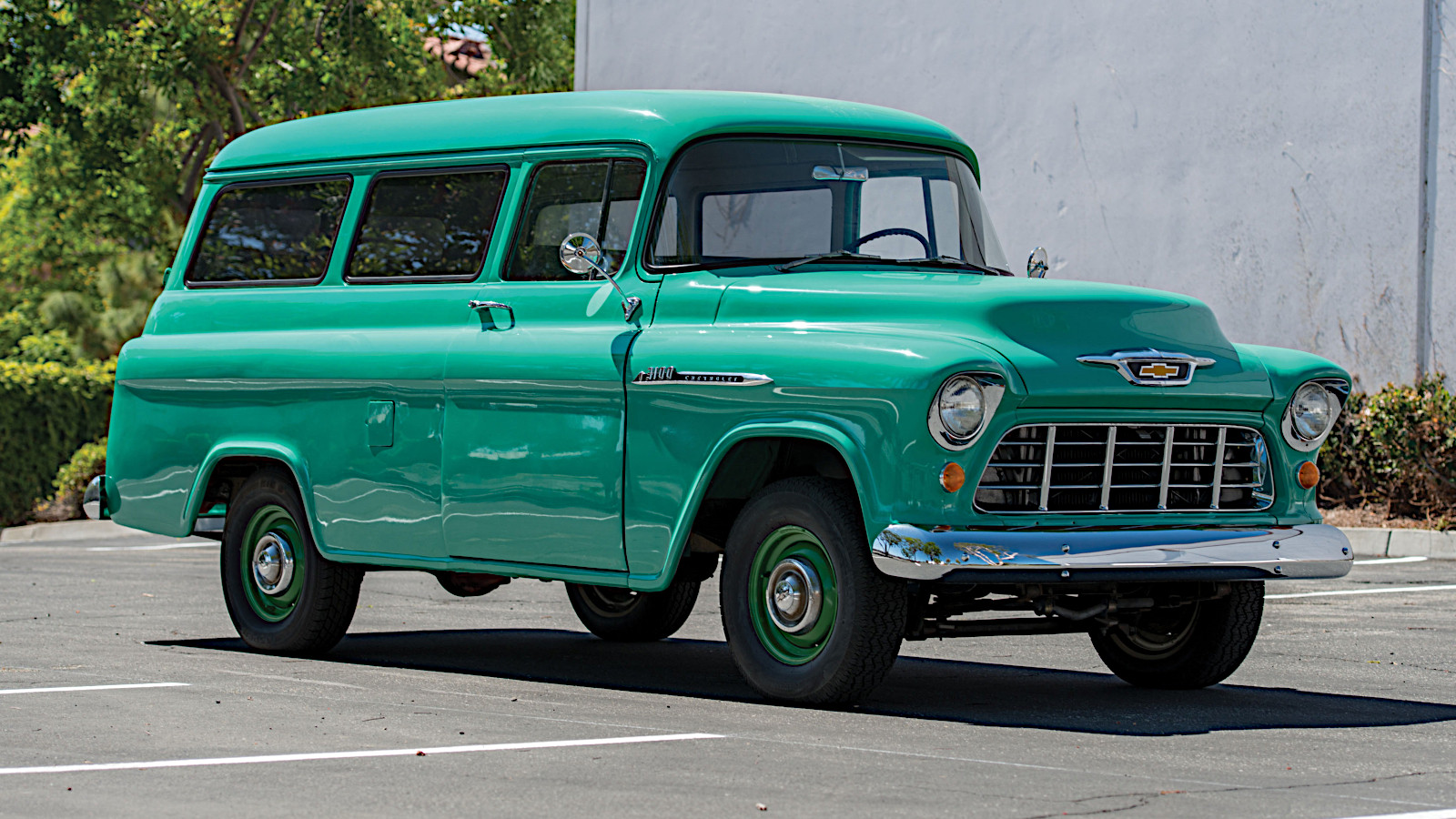 © RM Sotheby’s
© RM Sotheby’s -
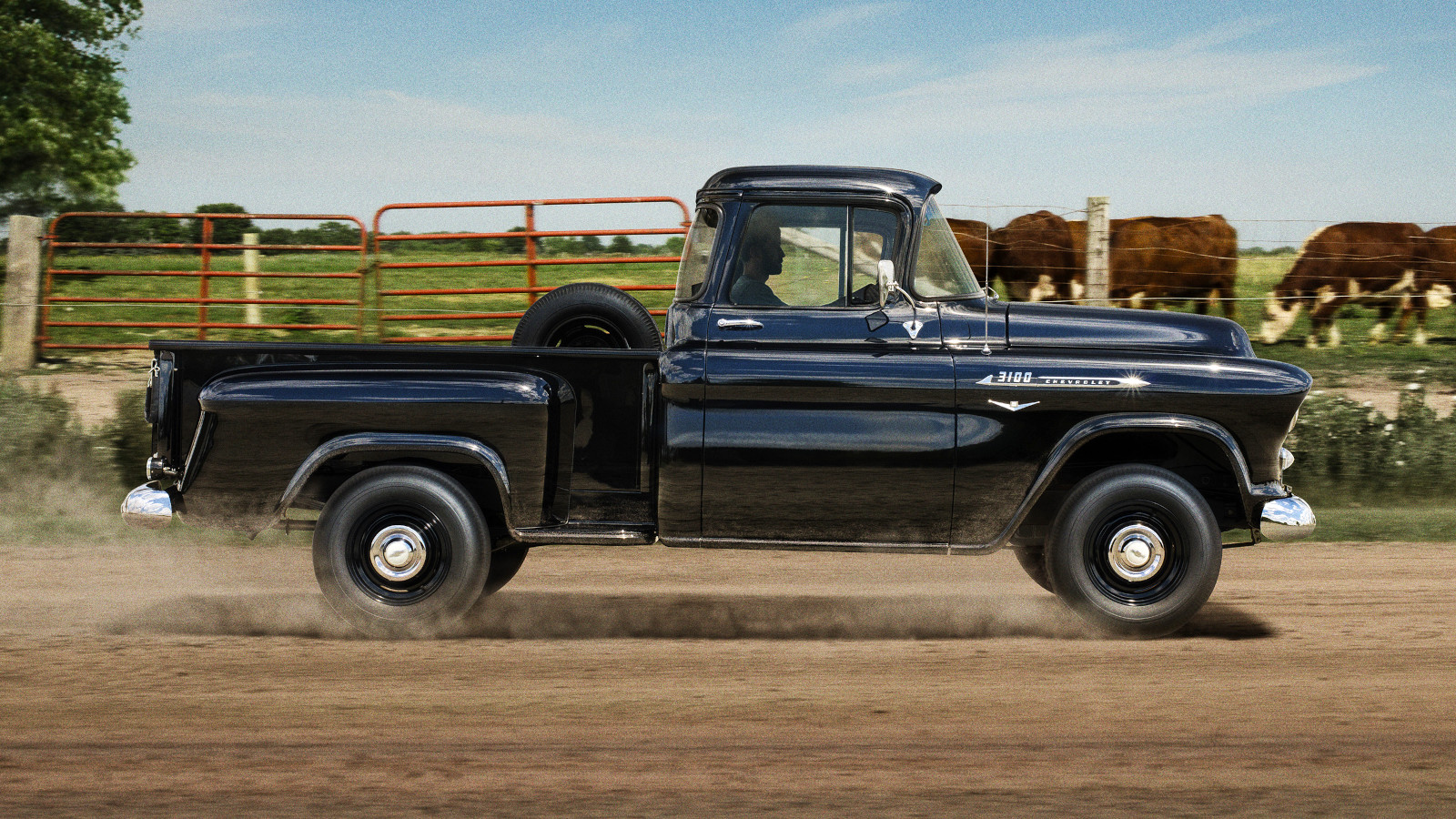 © GM
© GM -
 © GM
© GM -
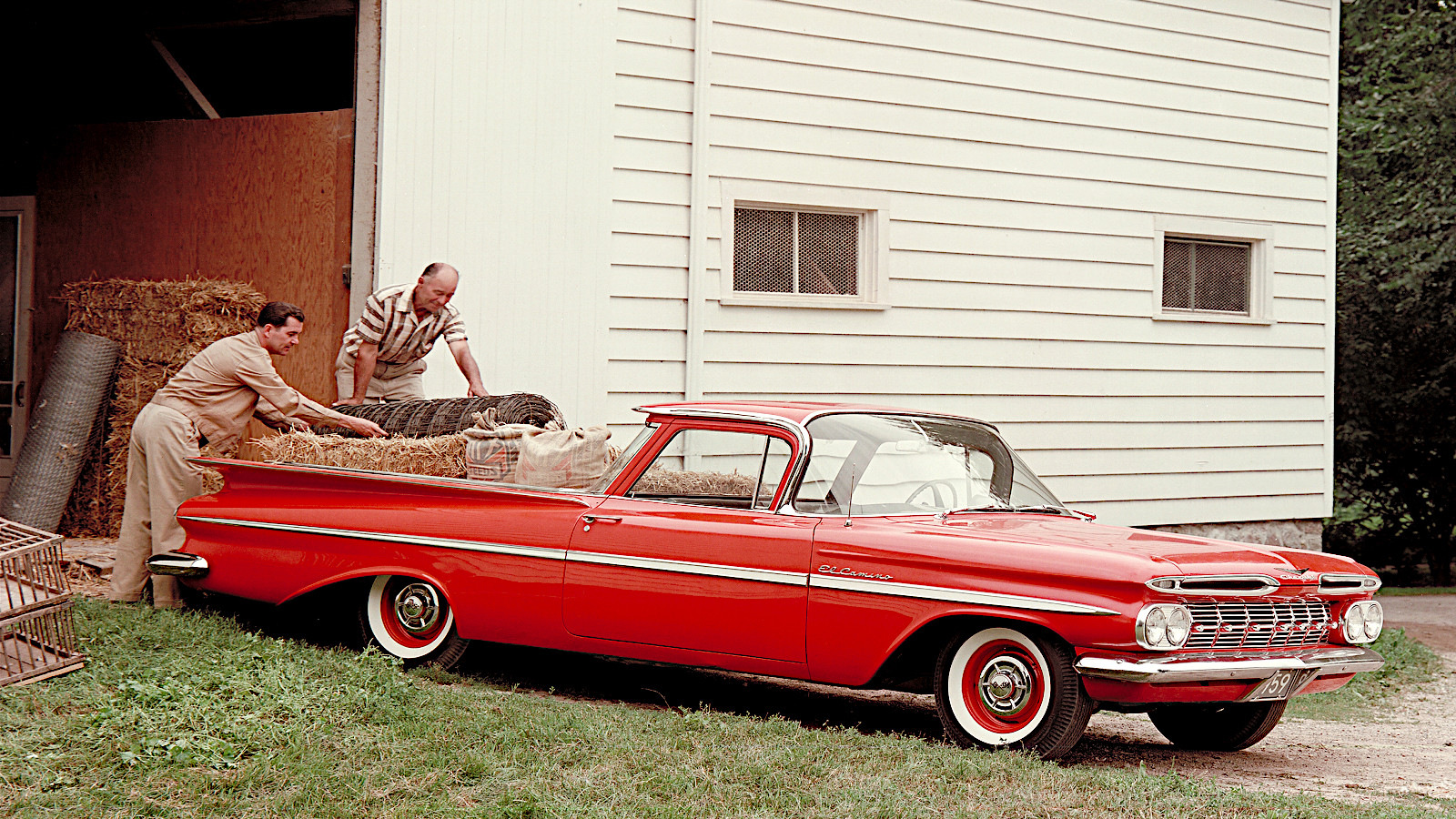 © GM
© GM -
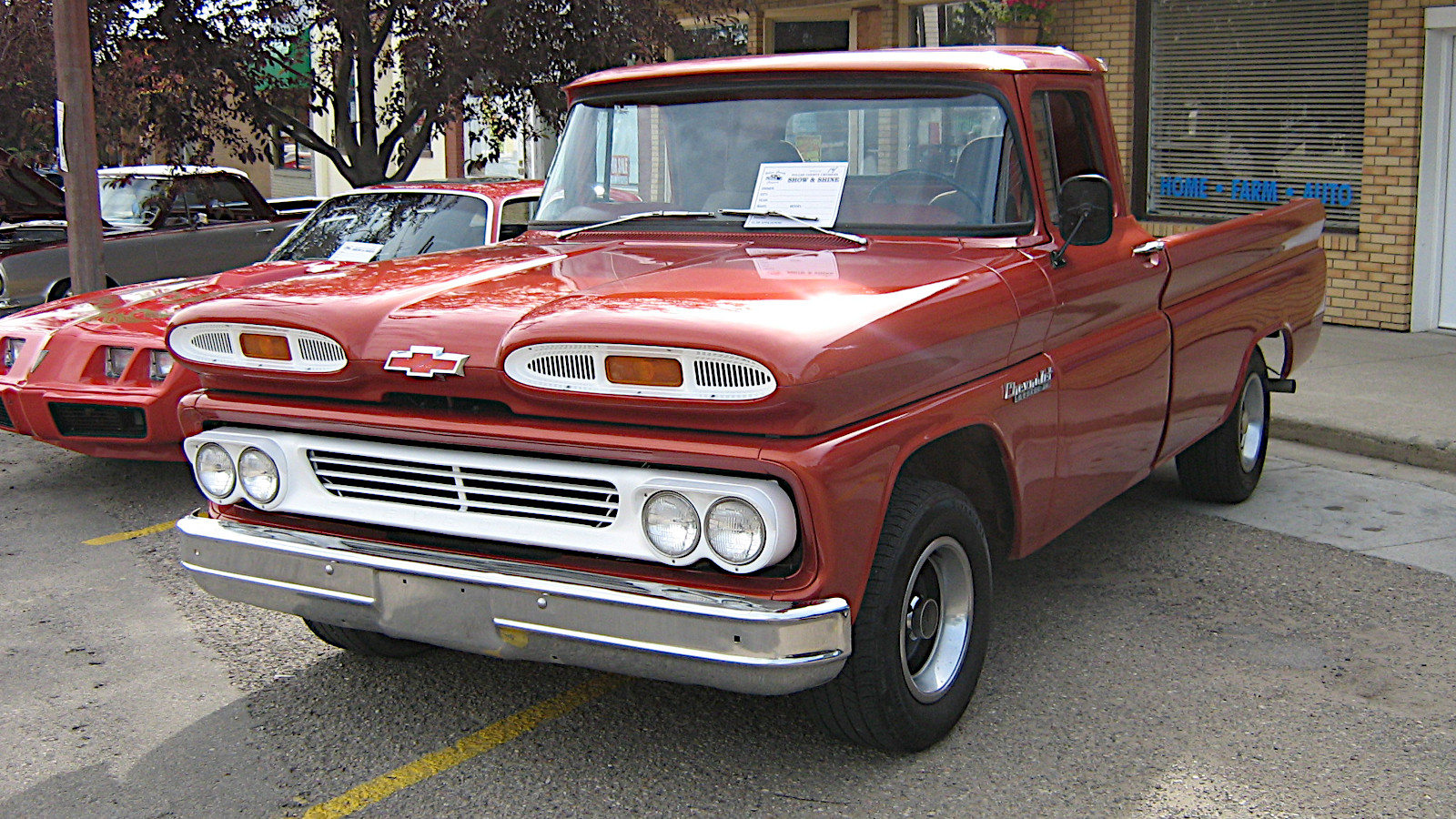 © dave_7/Creative Commons licence https://creativecommons.org/licenses/by/2.0/legalcode
© dave_7/Creative Commons licence https://creativecommons.org/licenses/by/2.0/legalcode -
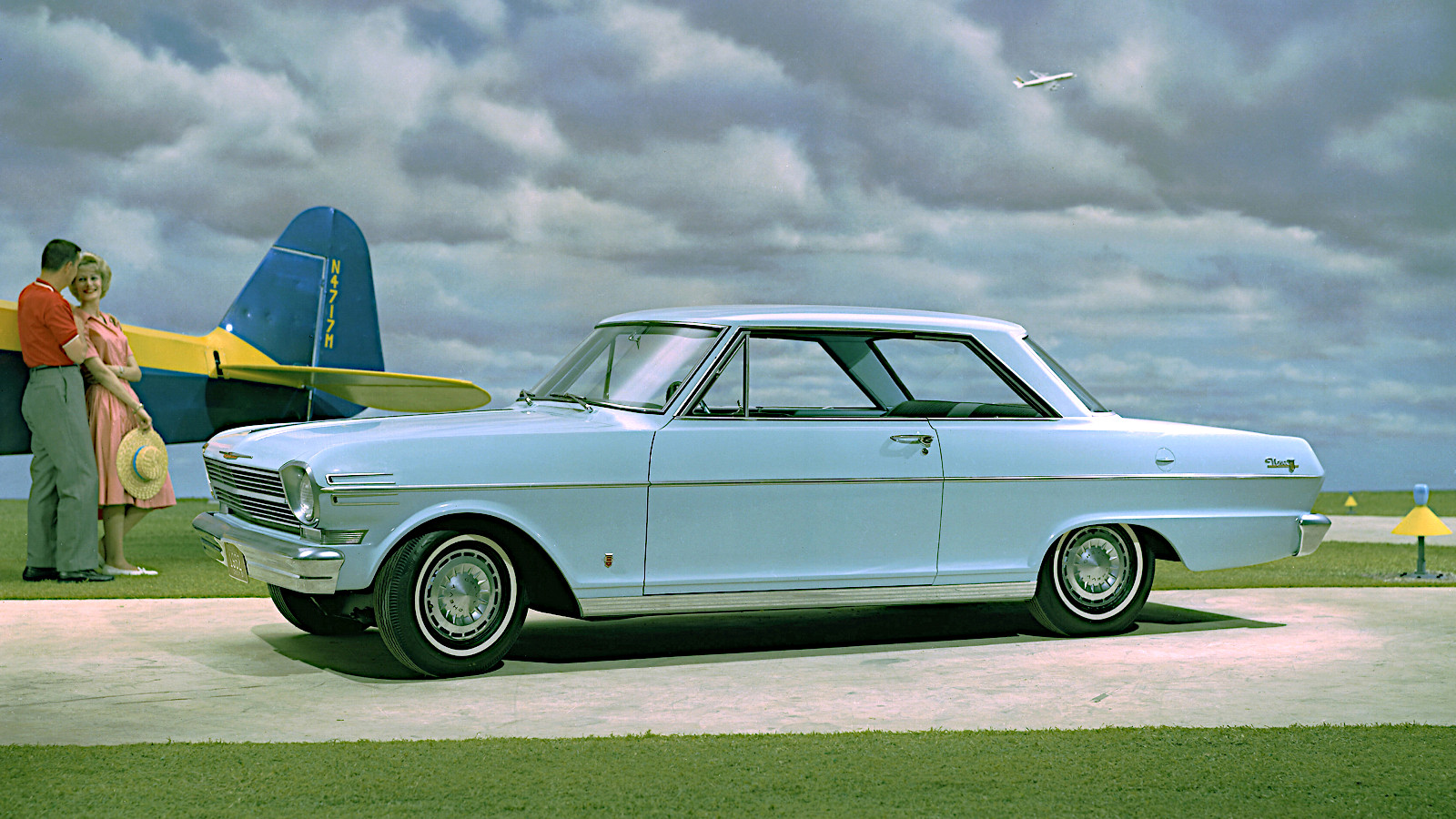 © GM
© GM -
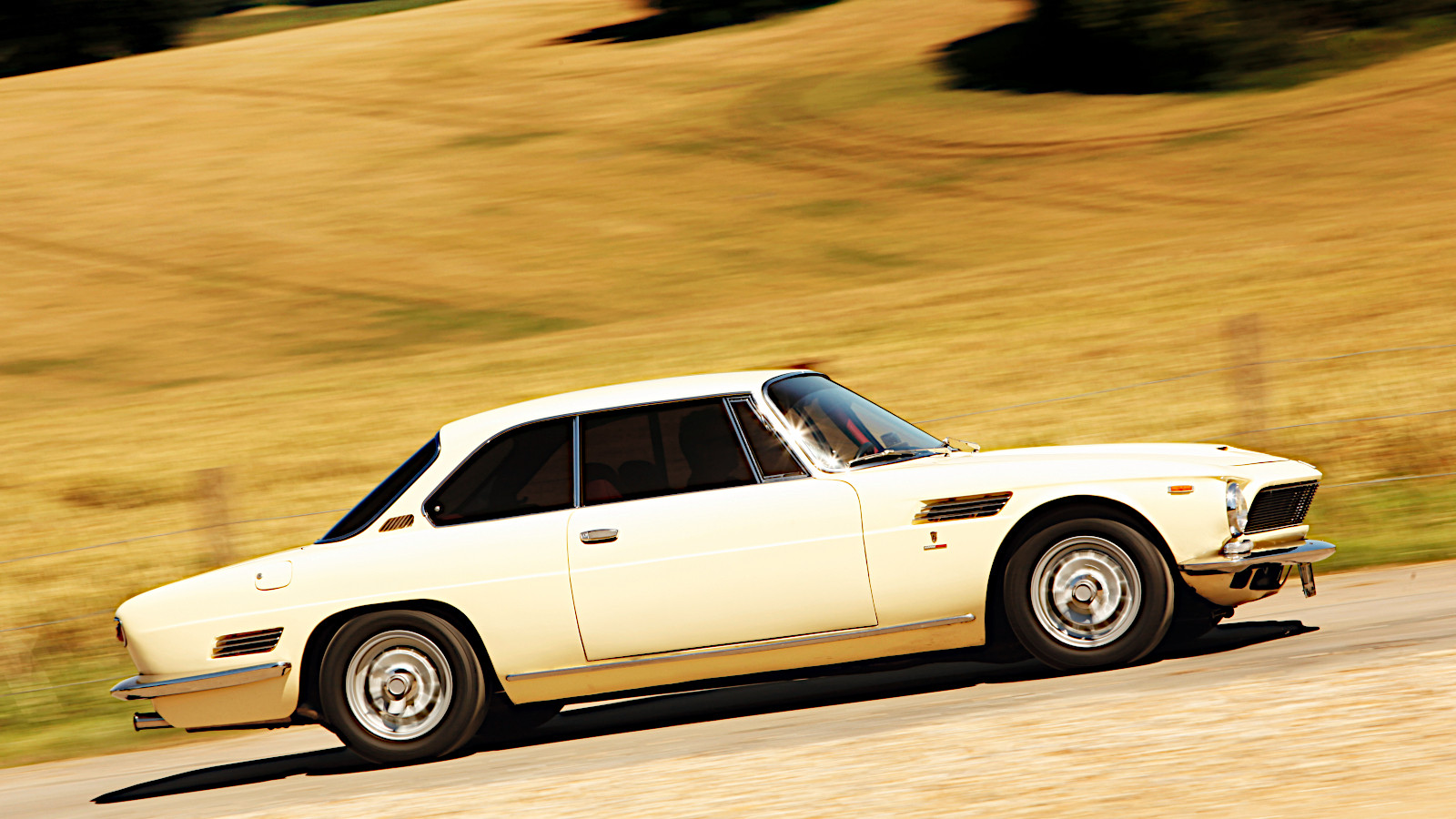 © Tony Baker/Classic & Sports Car
© Tony Baker/Classic & Sports Car -
 © GM
© GM -
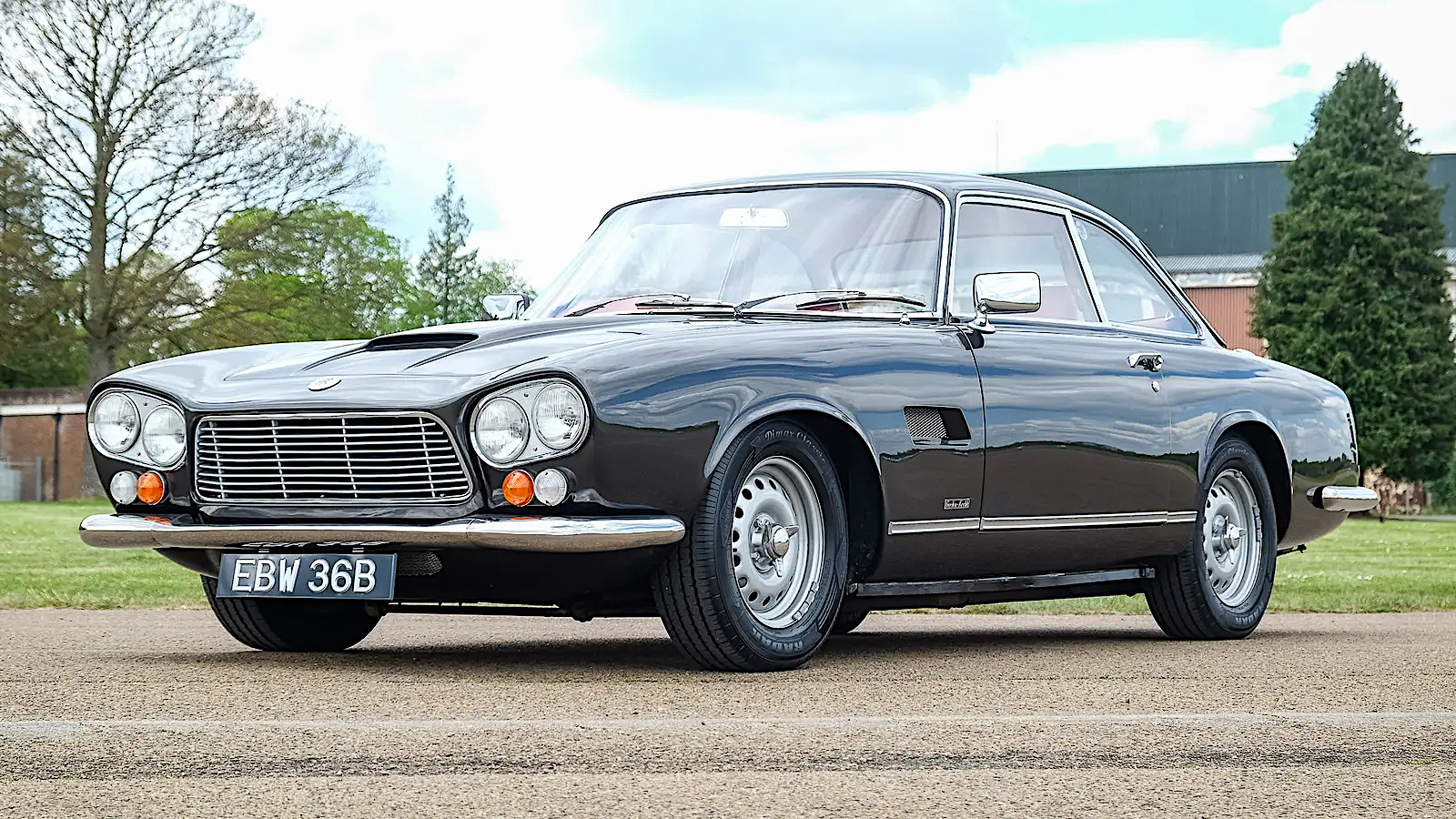 © The Market by Bonhams
© The Market by Bonhams -
 © Crwpitman/Creative Commons Licence: https://creativecommons.org/licenses/by-sa/4.0/legalcode
© Crwpitman/Creative Commons Licence: https://creativecommons.org/licenses/by-sa/4.0/legalcode -
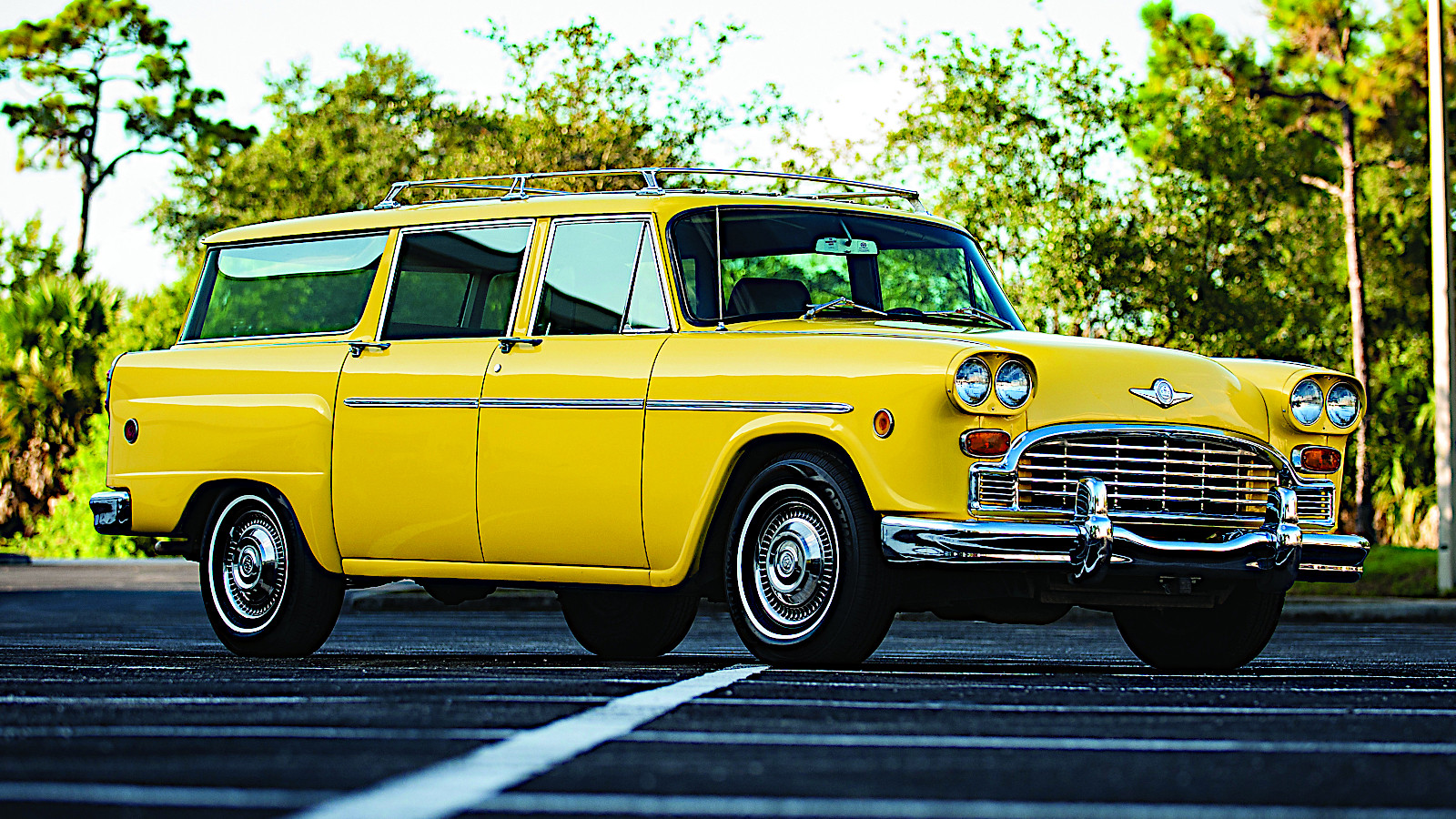 © RM Sotheby’s
© RM Sotheby’s -
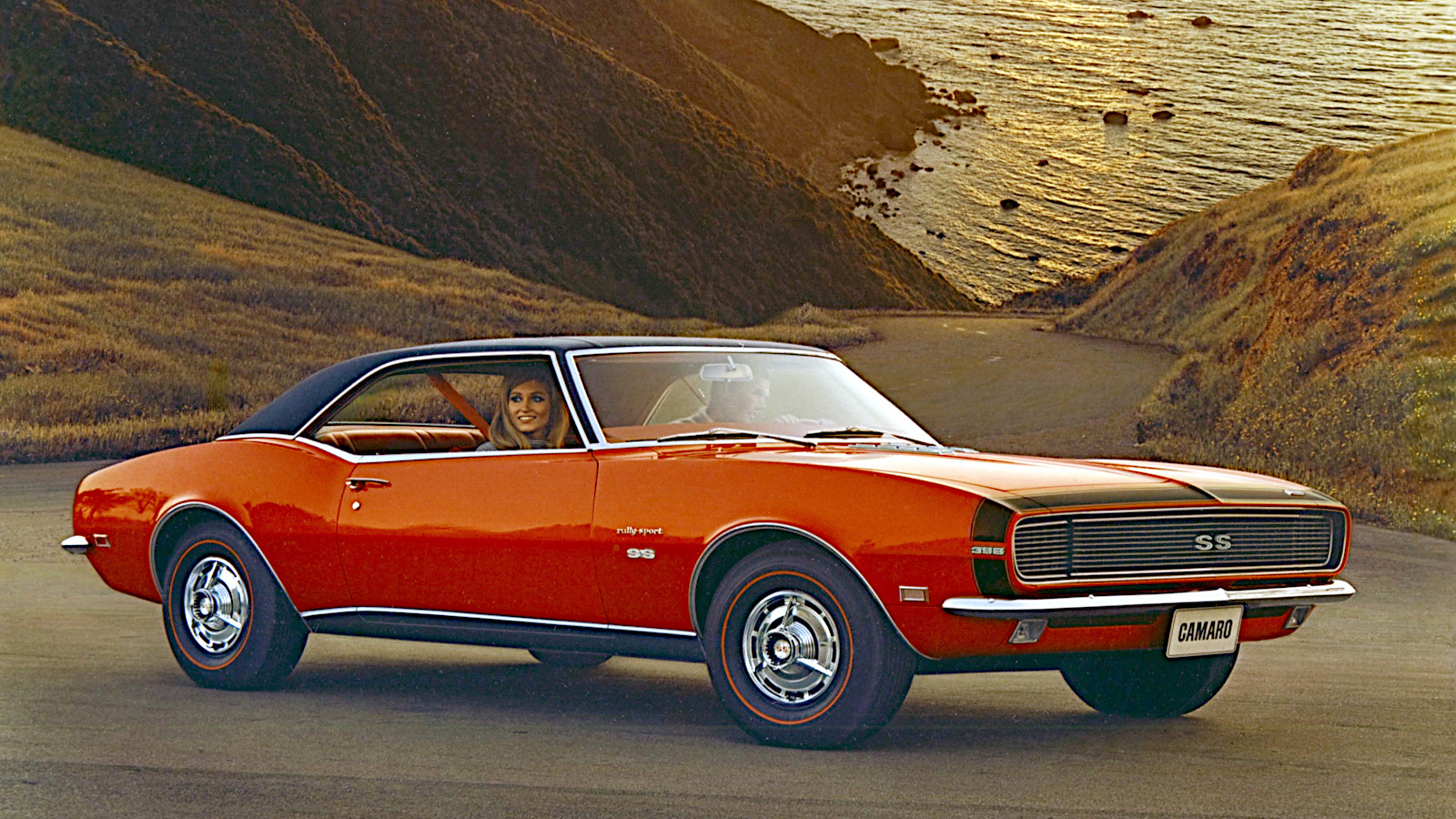 © GM
© GM -
 © RM Sotheby’s
© RM Sotheby’s -
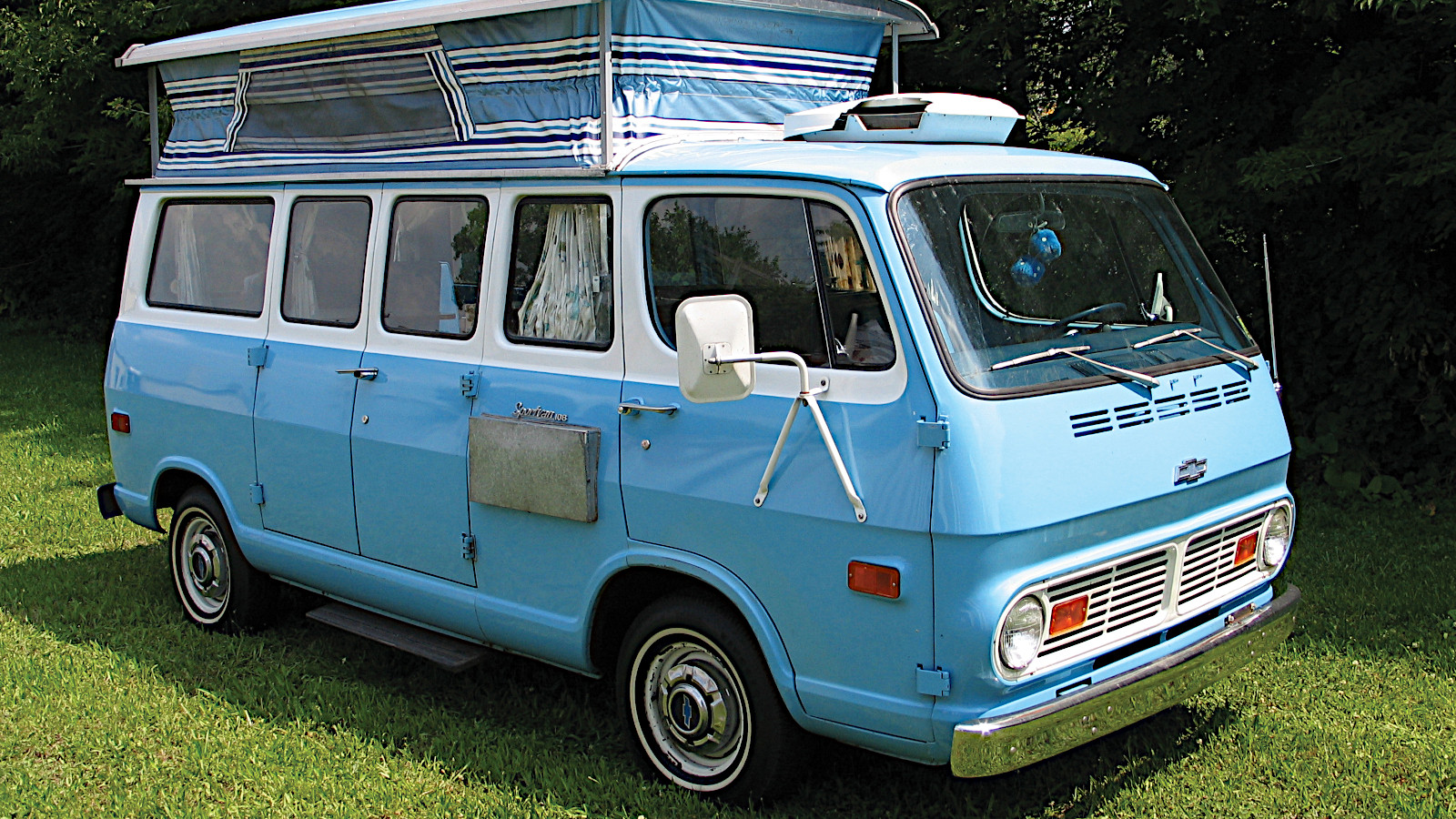 © RM Sotheby’s
© RM Sotheby’s -
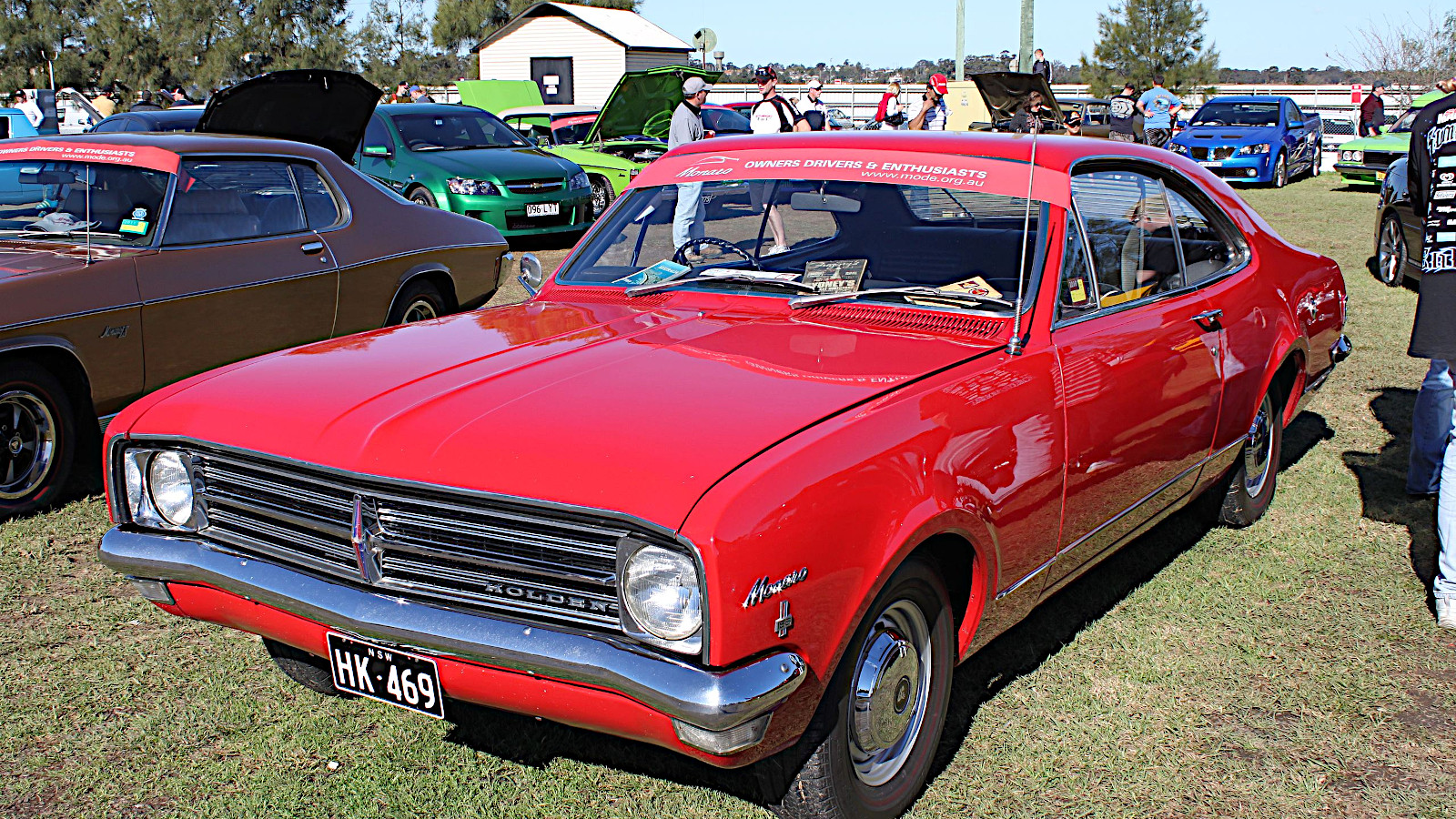 © Jeremy/Creative Commons https://creativecommons.org/licenses/by/2.0/legalcode
© Jeremy/Creative Commons https://creativecommons.org/licenses/by/2.0/legalcode -
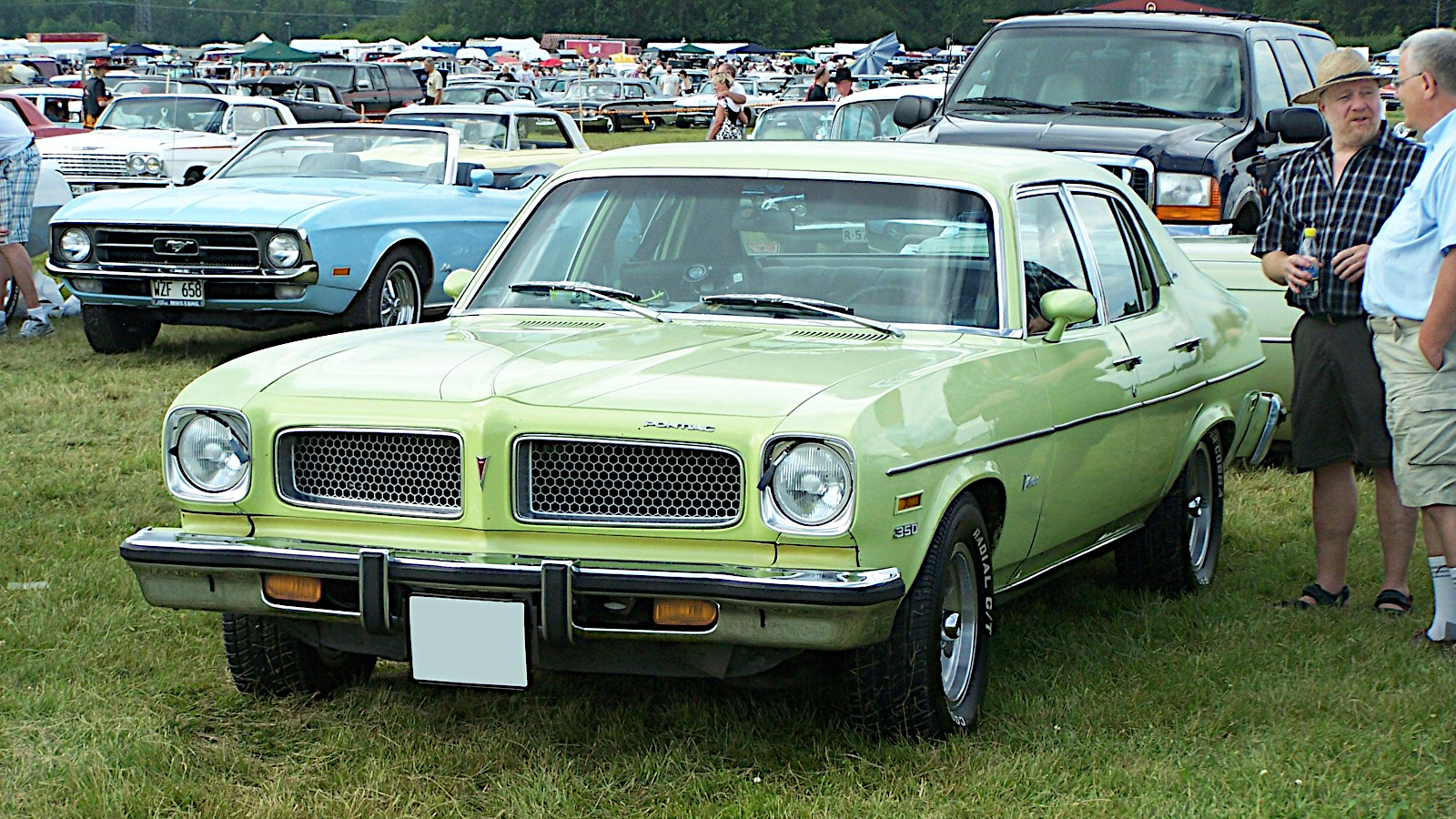 © Spantax/Crestive Commons licence https://creativecommons.org/licenses/by-sa/3.0/legalcode
© Spantax/Crestive Commons licence https://creativecommons.org/licenses/by-sa/3.0/legalcode -
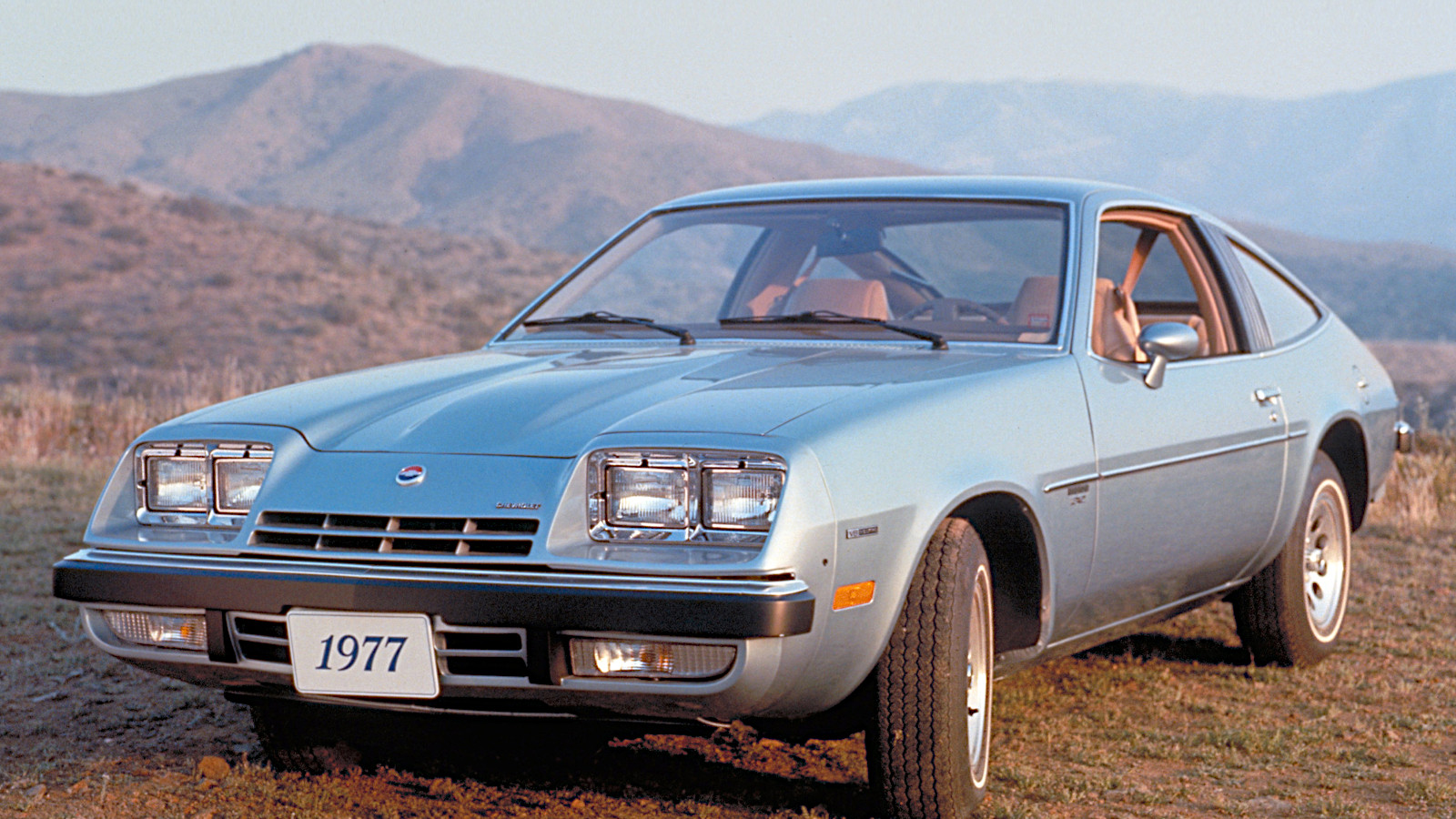 © GM
© GM -
 © GM
© GM -
 © GM
© GM -
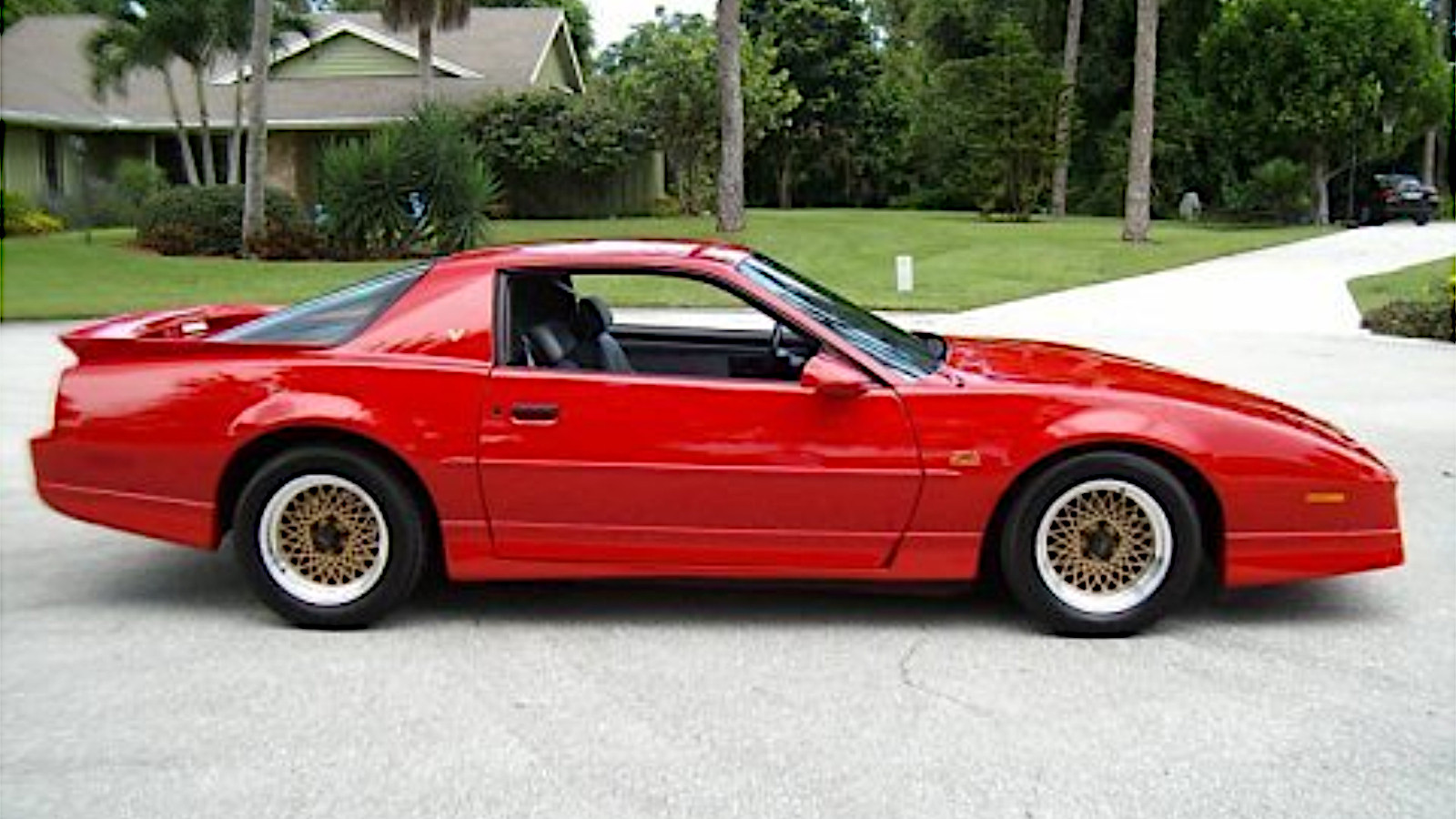 © Spiritofecstasy/Creative Commons https://creativecommons.org/licenses/by-sa/3.0/legalcode
© Spiritofecstasy/Creative Commons https://creativecommons.org/licenses/by-sa/3.0/legalcode -
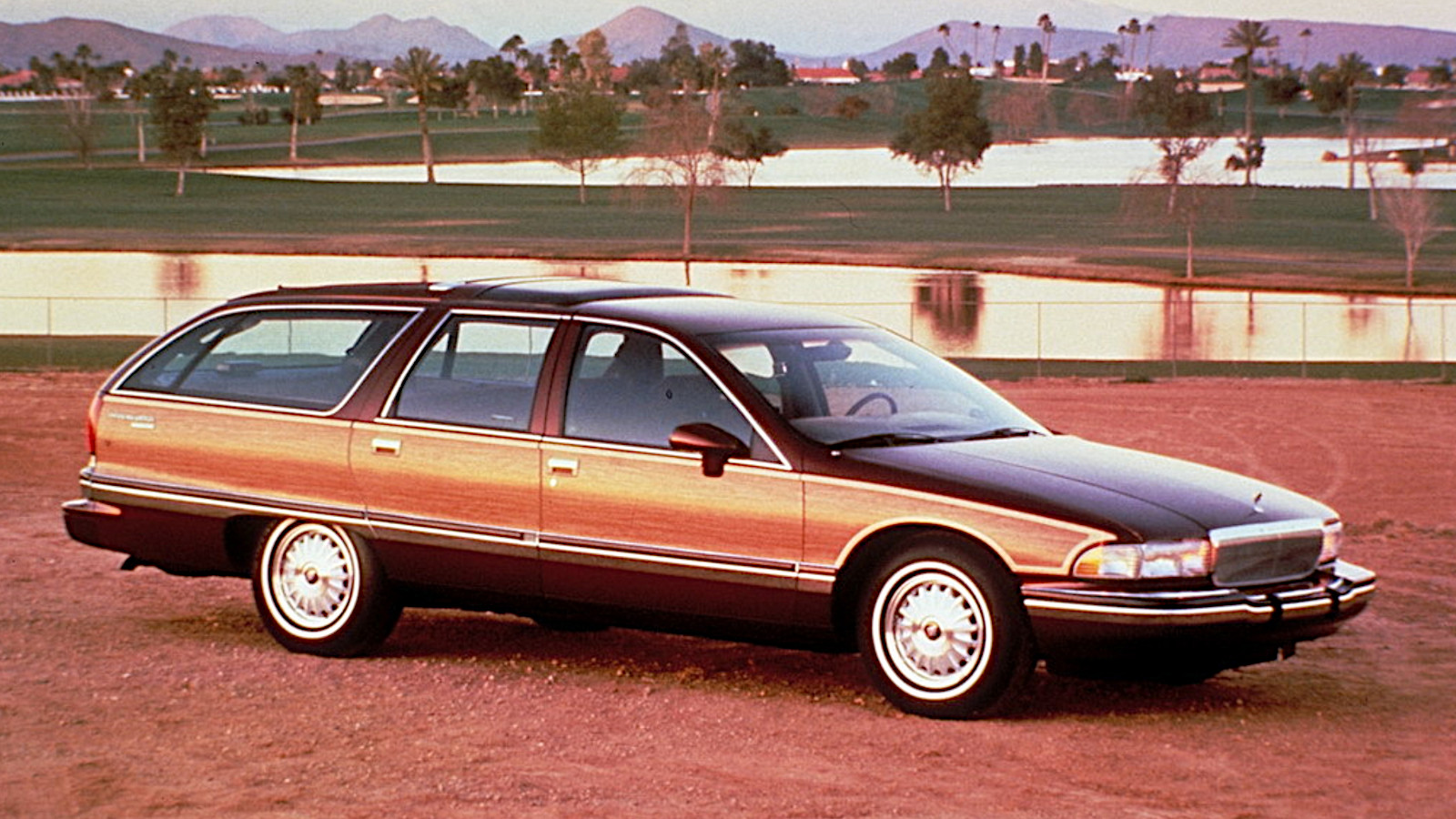 © GM
© GM -
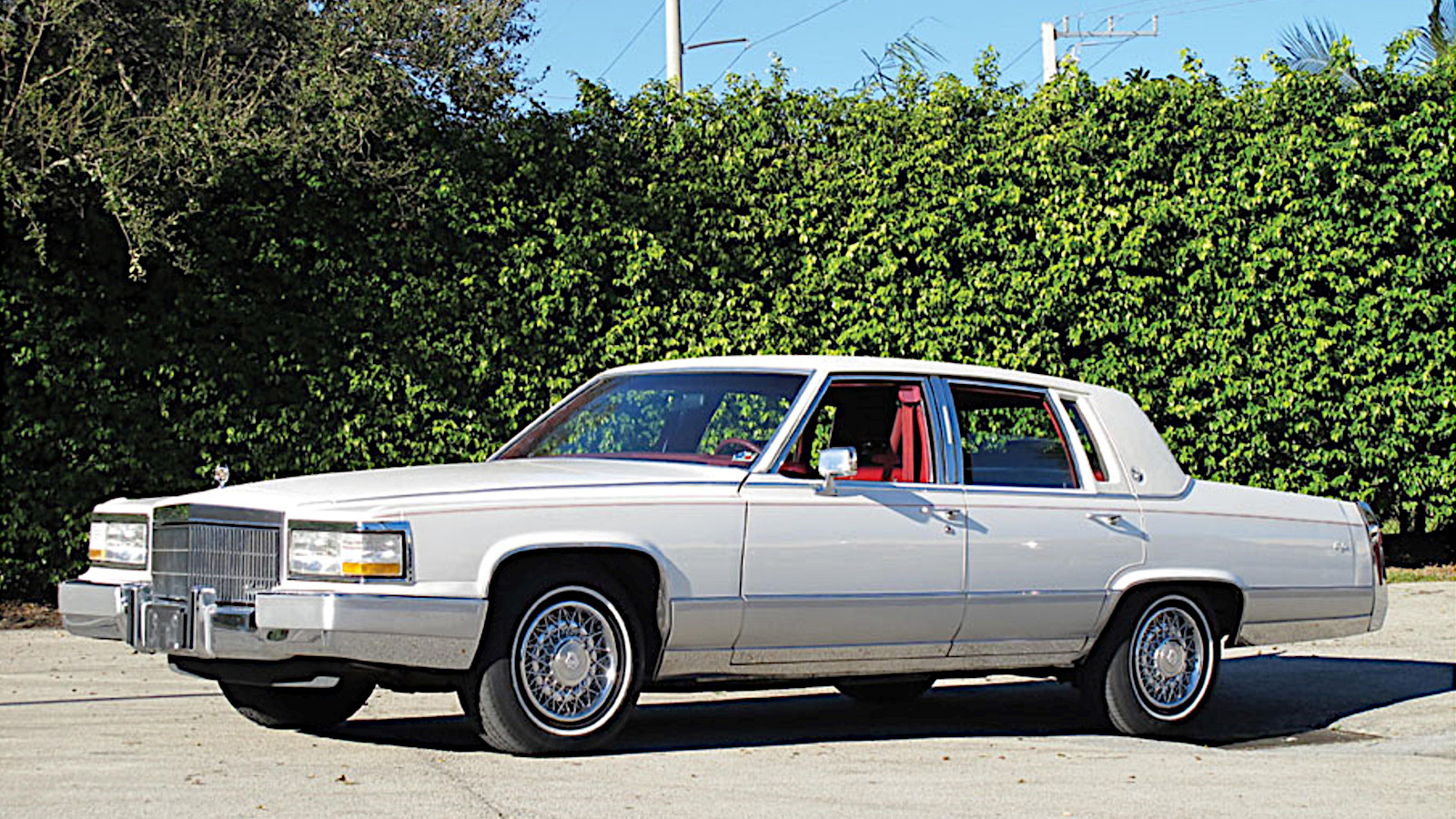 © RM Sotheby’s
© RM Sotheby’s -
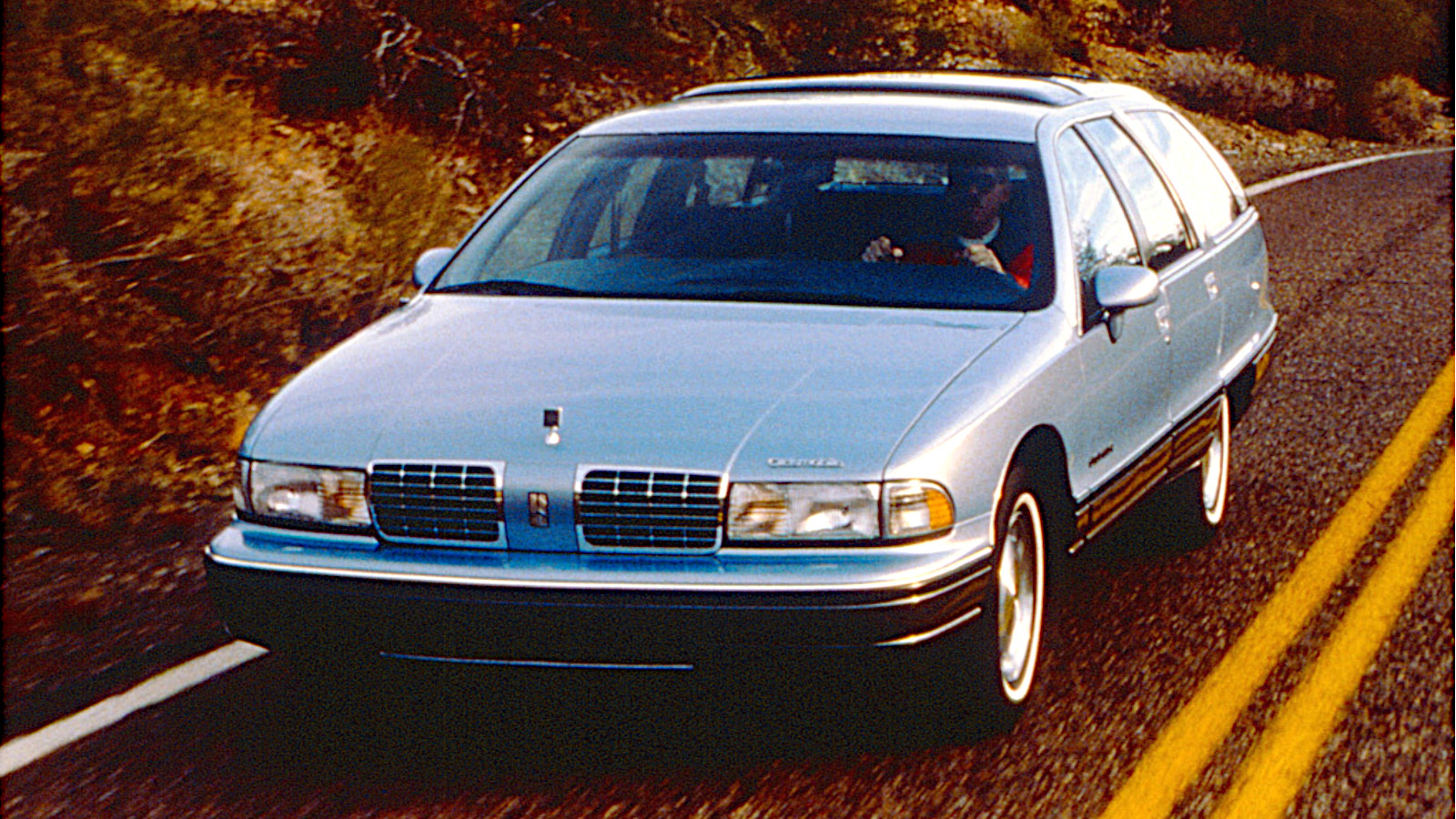 © GM
© GM -
 © GM
© GM -
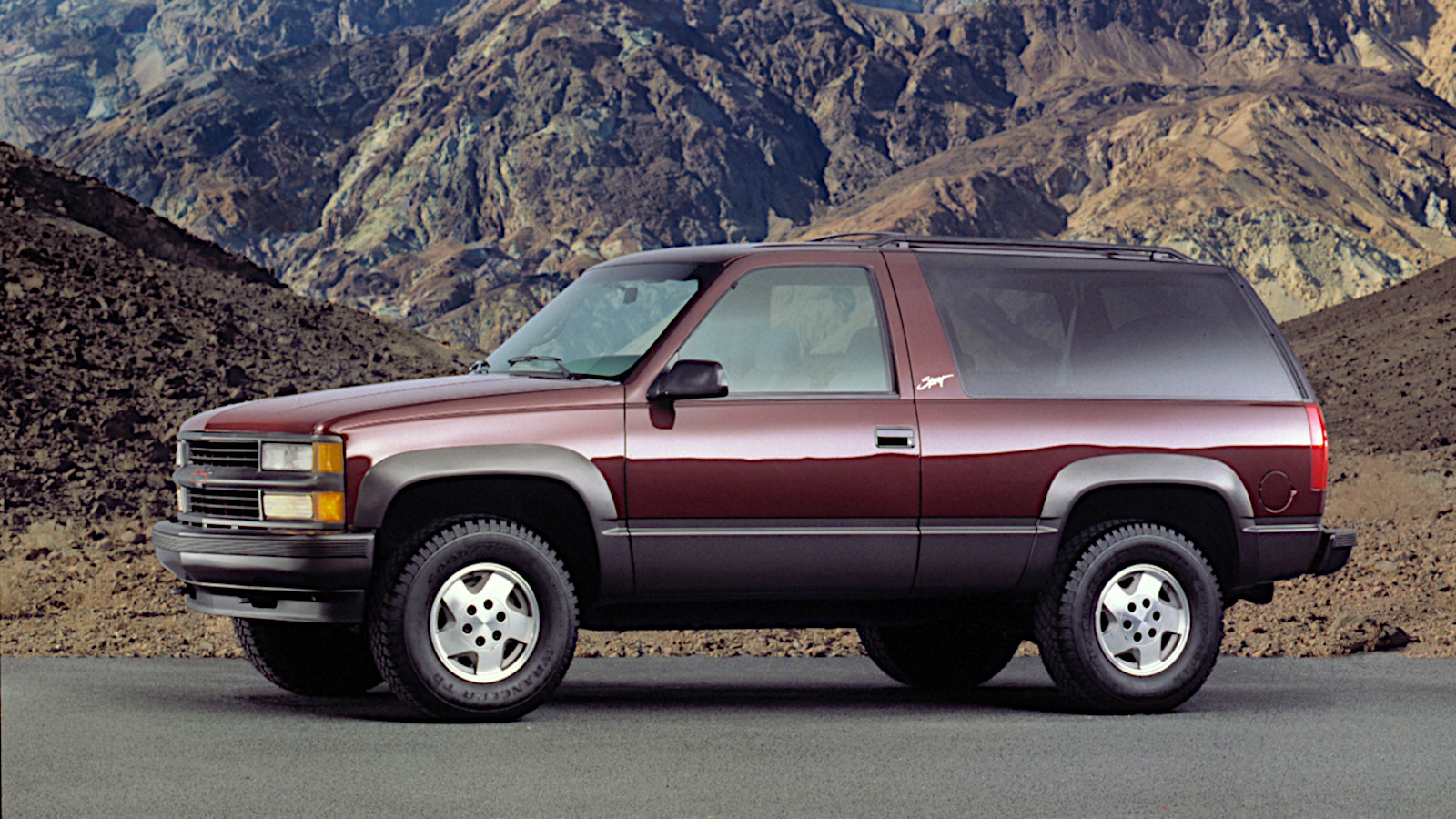 © GM
© GM -
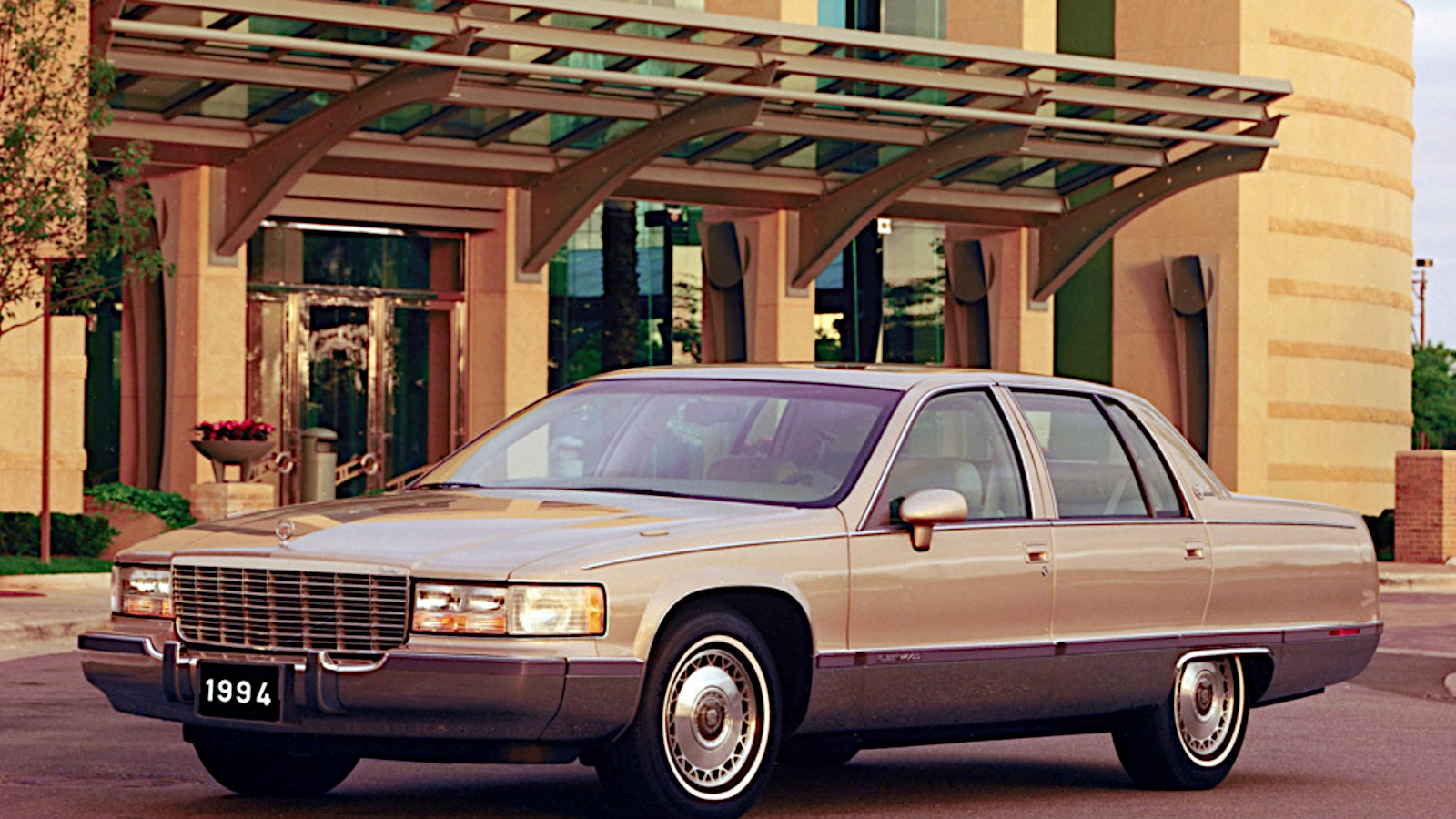 © GM
© GM -
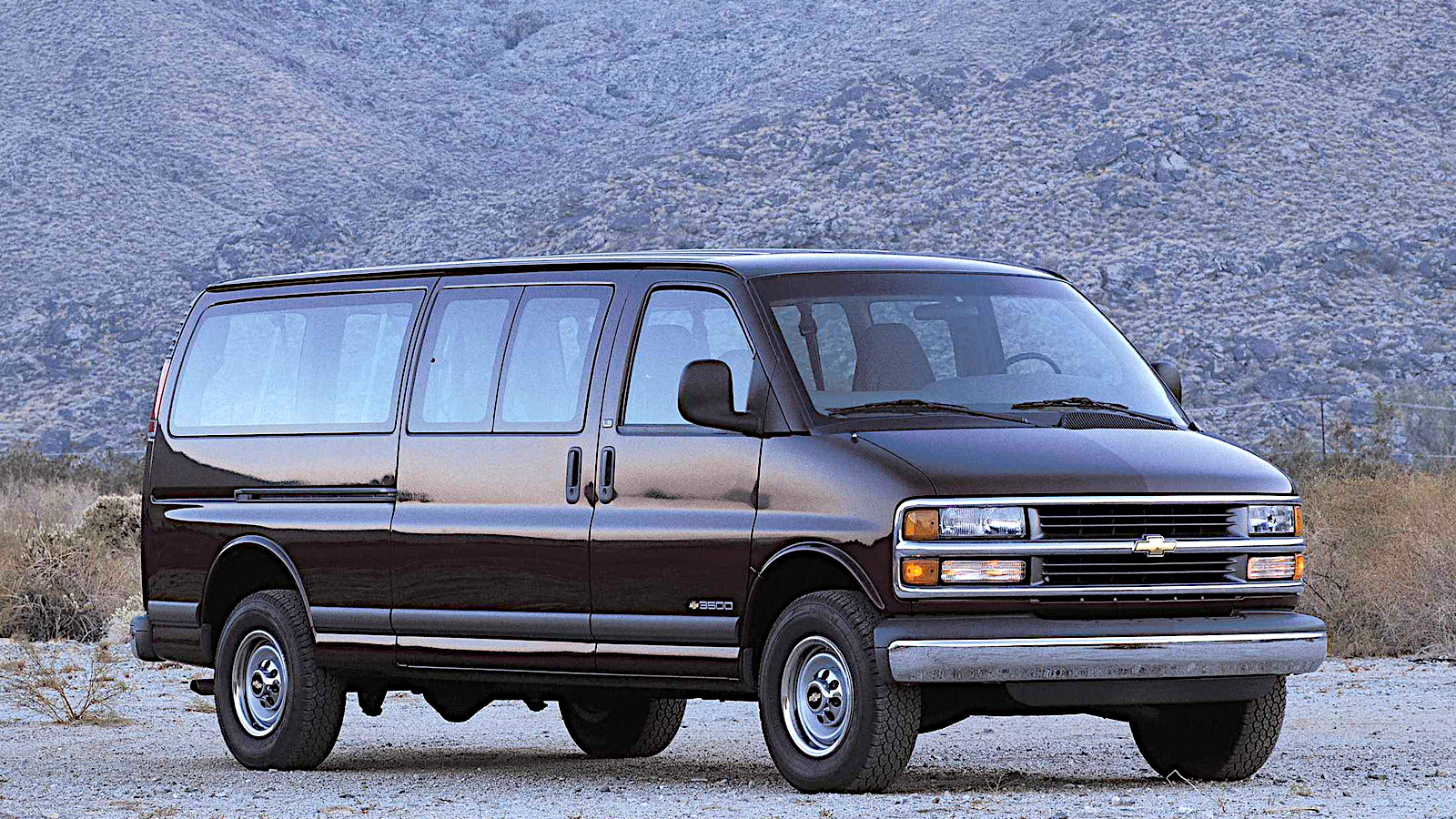 © GM
© GM -
 © GM
© GM
-
Still going strong
There are only two kinds of engine in the world: the original Chevrolet smallblock V8 and everything else.
That, at least, is what a first-time visitor to the planet might think after having the motor industry explained to them.
The original smallblock first appeared nearly 70 years ago, it has been replaced many times, and it hasn’t been available in a new vehicle for ages, but General Motors still offers it as a ‘crate’ engine which you can fit into whatever you want to. Production sailed past 100 million units (yes, really) a long time ago.
Compiling – and indeed reading – a list of everything ever powered by a Chevrolet smallblock would be a major task, so instead here’s a quick run through a mere 30 such models sold in the 20th century, just to give you a taste of the subject.
-
1. Chevrolet Corvette
Nobody who knows about American classic cars will need reminding that the smallblock became available in the first-generation Corvette during the 1955 model year.
The Corvette had been introduced two years before, but only with a 3.9-liter straight-six. The smallblock, measuring 4.3 liters at the time, gave the previously slow-selling car an important performance boost, and led to greatly improved sales.
Smallblocks of various kinds have powered every generation of Corvette since then. Today’s model has an engine which is almost completely unrelated to the first, but retains its 90-degree angle between cylinder banks and two pushrod-operated valves per cylinder.
-
2. Chevrolet Bel Air
While it’s inevitable that the Corvette gets most of the attention in early smallblock history, we shouldn’t forget that the engine also appeared in the Bel Air at the same time.
This was the first year of the second-generation model, which was also available with its predecessor’s straight-six Stovebolt.
The Bel Air lasted for three more generations, eventually going out of production in 1975. All the later cars could be specified with the smallblock, among other engines.
-
3. Chevrolet Suburban
Suburban is the longest-running nameplate in the global motor industry.
It was introduced in the mid 1930s, long before the smallblock was invented, and at a time when Chevrolet did not have a V8 engine of any kind.
That changed when the Suburban was updated in the middle of the 1955 model year. Though still new, the smallblock was by now being produced in large numbers, and could easily be brought in as the first V8 in a range which had until then been powered only by six-cylinder engines.
-
4. Chevrolet Task Force
In 1955, it was also the debut model year of the Task Force pick-up truck (also sold as the GMC Blue Chip), which replaced the Advance Design series (or GMC New Design).
The standard engine was a straight-six, but the newly available smallblock could be specified as an option in the best-equipped version, known as the Cameo Carrier.
GMC’s equivalent was called the Suburban, though there was no other connection with Chevrolet’s model of that name.
This was the first use of the smallblock in a General Motors pick-up, but it would happen again many times.
-
5. Chevrolet Impala
The Impala made its debut as a convertible or hardtop variant of the Bel Air in the 1958 model year.
By this time, it was almost inevitable that the smallblock would appear in virtually any Chevrolet. Its capacity was now up to 4.6 liters, thanks to an extra eighth of an inch in the cylinder bore.
There were several power outputs, the highest of them achieved by fitting Rochester Ramjet fuel injection.
-
6. Chevrolet El Camino
In each of its generations, the El Camino was a car-based pick-up truck, a type of vehicle you don’t come across very often nowadays.
The first version (pictured), derived from the second-generation Brookwood station wagon, was sold only in the 1959 and 1960 model years.
There was then a four-year gap before production resumed. El Caminos stayed on the market until 1987, and every version had a smallblock in its line-up.
-
7. Chevrolet/GMC C/K
Unlike the El Camino, the C/K series marketed by both Chevrolet and GMC consisted entirely of dedicated pick-up trucks with no car equivalents.
Replacing the Task Force and GMC Blue Chip series in 1959, and in turn replaced by the Chevy Silverado and GMC Sierra, they were powered right from the start by a variety of engines which included the smallblock in several forms.
The last of these was the Vortec 5000, a truck-specific 5.0-liter which outlived the C/K and was still being fitted to new vehicles in the early 21st century.
-
8. Chevrolet Chevy II/Nova
The Chevy II was launched in 1962 with a choice of four- and six-cylinder engines. The smallblock was added to the range in the 1964 model year.
The car remained in production for five generations, during which time it was renamed Nova. Smallblocks were used for the first four.
The final generation was the only one not to include the smallblock. Based on a Toyota, it was powered only by a four-cylinder unit.
-
9. Iso Rivolta
Smallblocks were sometimes used by manufacturers of specialist sports cars, though not to the same extent as Ford or Chrysler V8s.
One early example was the Italian Iso Rivolta, the company’s second model after the dramatically different Isetta bubble car.
Produced from 1962 to 1970, it was always powered by a 5.4-liter version of the Chevy smallblock. This was also used in the original Iso Grifo, though in that model it was later replaced by larger Chevrolet, and later Ford, V8s.
-
10. Chevrolet Chevelle
In the same year that Chevrolet started fitting the smallblock to the Chevy II, it introduced the Chevelle.
Several engines were used in the three generations from 1964 to 1978, but smallblocks of one sort or another were always included.
-
11. Gordon-Keeble
Another low-production foreign car fitted with the smallblock was the British Gordon-Keeble, which went on sale in 1964 with a 5.4-liter version of the Chevrolet V8.
Just 100 examples of this elegant grand tourer were built before production came to an end in 1967.
-
12. Beaumont
Formerly a model name used by GM Canada’s Acadian marque from 1964, Beaumont became a standalone brand two years later.
Regardless of badging, the Beaumont was a locally produced version of the Chevelle, and was powered by a variety of six-cylinder and V8 Chevrolet engines, including the smallblock.
It was sold in Canadian Buick and Pontiac dealerships before being discontinued in 1970.
-
13. Checker Marathon
The Marathon was a version of the famous Checker taxi intended for private use, and offered with sedan or wagon body styles.
It made its debut in 1960, but was not fitted with the smallblock until five years later.
At the same time, Checker began to use the smallblock in its colossally long-wheelbase Aerobus, which until then had been powered by a Chrysler V8.
-
14. Chevrolet Camaro
The first Camaro was one of the earliest ‘pony cars’, created as a rival to the Ford Mustang.
It went on sale in 1966, two years after the Mustang, and naturally enough the smallblock was one of the three available engines. In 1967, it was offered for the first time with a capacity of 5.7 liters, the highest yet.
Camaros were still being fitted with the smallblock until the late 1990s, when it was replaced by the new LS V8.
-
15. Chevrolet Caprice
Available as a coupe, a hardtop or a wagon, the original Caprice was Chevrolet’s new full-size model introduced in 1965.
That model, and most others of the same name which followed, could be powered by the smallblock, though a larger Chevy V8 was also offered.
In April 1967, a Caprice became the 100 millionth car built by General Motors in the United States. Unfortunately for this story, it didn’t have a smallblock.
-
16. Chevrolet Van
Chevrolet’s first Van (a large minivan, as we would call it now) was the Greenbrier, which was based on the Corvair and came with a choice of four-cylinder or straight-six engines.
Its 1967 replacement could be ordered with a straight-six, too, but customers who wanted more power could pick a smallblock instead.
Chevy vans continued to be available with the smallblock until the line came to an end after three generations in the mid 1990s.
-
17. Holden Monaro
GM’s Australian division first used the Monaro name in 1967.
The original models were frequently powered by Holden’s own straight-six or V8 engines, but some used the smallblock.
Notable among these was the GTS327, whose 5.4-liter unit helped make it a successful contender in Australian Touring Car racing.
-
18. Pontiac Ventura
When the smallblock was designed, GM divisions generally did all their own engine development.
That had all changed by the 1970s, so it was no surprise that the smallblock appeared in the Pontiac Ventura, in both 5.0-liter and 5.7-liter forms.
In the spirit of the time, Pontiac also brought in other motors from Buick and Oldsmobile, as well as using its own V8 in some cases.
-
19. Chevrolet Monza
Produced from 1974 to 1980, the Monza was a coupe derivative of the Chevrolet Vega, which was only ever sold with four-cylinder engines.
Monza customers could specify a four, too, or a straight-six. Chevrolet’s original idea was that the high-performance models would have GM’s 3.4-liter rotary, but this project was canned before the Monza’s launch because of poor fuel economy, high exhaust emissions and dubious reliability.
Instead, the faster Monzas were powered by the smallblock, which was used in sizes ranging from 4.3 to 5.7 liters.
-
20. Oldsmobile Starfire
Early versions of the Starfire were powered by Oldsmobile’s own V8 engine, known as the Rocket.
This was the status quo until a new Starfire came along in 1974. This car was essentially a rebadged Chevrolet Monza, and had more or less the same range of engines.
As with the Monza, the most powerful of them was the smallblock, though in this application it was only used in 5.0-liter form.
-
21. Pontiac Sunbird
The Sunbird was launched in 1975 and sold as a hatchback, coupe and wagon in its first generation.
It was mostly powered by either a four-cylinder engine or a Buick V6, but the 1978 model had the high-performance option of the 5.0-liter smallblock.
This was part of the range for only two years before being discontinued. Sunbirds sold from 1980 onwards were not offered with a V8 engine of any description.
-
22. Pontiac Firebird
Early Firebirds were powered exclusively by Pontiac engines, but from 1970 they began to be fitted with motors acquired from other parts of the General Motors empire.
The smallblock made its first appearance during the second generation and hung around for several years, notably in the 1980s Trans Am.
-
23. Buick Roadmaster
Several cars known as Roadmaster were sold between the early 1930s and the late 1950s.
The name returned in 1991 for a large model offered as both a sedan and a wagon.
By this time, Buick had long-since stopped producing V8 engines of its own. The obvious choice for the Roadmaster was the now almost ubiquitous smallblock, originally in 5.0-liter form and later as a 5.7.
This state of affairs lasted until declining sales prompted Buick to bring Roadmaster history to an end in 1996.
-
24. Cadillac Brougham
In the early days of General Motors, it would have been unthinkable for luxury-focused Cadillac to use engines developed by budget brand Chevrolet.
Caddy enthusiasts who still felt this way in the 1990s had to swallow their pride. The Brougham – a large, well-equipped sedan – started out with an Oldsmobile V8 in 1986, but five years later this was dropped in favor of the smallblock.
The car lasted for only another year after that before being discontinued. The Brougham name was used from then on only for certain versions of other models, as it had been as far back as 1916.
-
25. Oldsmobile Custom Cruiser
Oldsmobile first used the Custom Cruiser name in the early 1940s, but did not apply it to a single model until 30 years later.
That car was a large wagon produced over three generations and normally powered by an Oldsmobile V8 engine.
The smallblock made its first appearance in 1991, when it became the only engine available for the vehicle.
This represents only a tiny part of smallblock history, since Oldsmobile dropped the model after only two years, having built just 12,000 examples.
-
26. Hummer H1
The civilian version of AM General’s Humvee was sold with a variety of V8 engines, fueled by either gasoline or diesel.
The 5.7-liter version of the smallblock was one of these. Considering what a monster the engine seemed to be when used in other vehicles, it’s a startling fact that it was, by half a liter, the smallest ever fitted to the H1.
-
27. Chevrolet Tahoe
The first generation of the SUV now known as the Chevrolet Tahoe retained the Blazer name of the previous model until a relaunch for the 1995 model year. The GMC equivalent has always been known as the Yukon.
The smallblock was the only gasoline engine in the range from 1991 to 2000. Midway through this period, it was updated and named Vortec 5700, in partial reference to its 5.7-liter capacity.
This truck-specific motor was the final development of the smallblock.
-
28. Cadillac Fleetwood
Although Cadillac has used the Fleetwood name for many years, it applied only to two specific models in the latter part of the 20th century.
They differed in several ways. The 1985-1993 model was front-wheel drive, while power went to the rear wheels in the car produced from 1993 to 1996.
The earlier Fleetwood was always fitted with Cadillac’s occasionally problematic High Technology engine. For the next generation, this was abandoned in favor of the more trustworthy 5.7-liter smallblock.
-
29. Chevrolet Express
The Express is the replacement for the previously mentioned Chevrolet Van, and has been produced in more or less the same form since 1996.
In its early days, the Express had the Vortec 5000 version of the first-generation smallblock as one of its engine options.
This lasted until early in the 20th century. More recent versions of the Express have been fitted with later smallblocks which bear only slight resemblance to the original engine.
-
30. Cadillac Escalade
The Escalade full-size luxury SUV entered its fifth generation in the 2021 model year.
The new vehicle’s earliest predecessor was produced only briefly from 1998 to 2000, when the smallblock was the only available engine.
That was the end of the Escalade story as far as the smallblock was concerned. The second version was powered by its successor, known as the LS.
